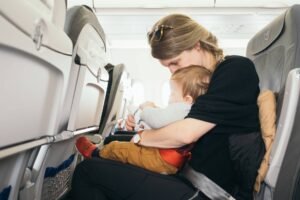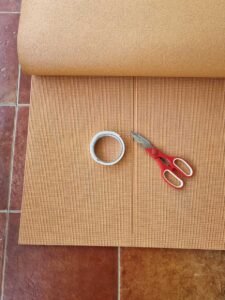
Regressions in Babies in the First Year
Welcoming a new baby into your life is an exciting and joyous time. As a new dad, you’re likely thrilled with every milestone your baby achieves. From their first smile […]
DadProved posts and articles on infants aged 3 – 12 months

Welcoming a new baby into your life is an exciting and joyous time. As a new dad, you’re likely thrilled with every milestone your baby achieves. From their first smile […]

One of the most beautiful aspects of parenthood is the opportunity to bond with your newborn / infant. That magical connection doesn’t happen overnight, but with some tips and tricks, […]

With a new baby in the family, you might be wondering how to plan travel and outings that are fun, safe, and enjoyable for everyone. Check out our Dad Guide […]

Traveling with a newborn or infant by plane for the first time? DadProved answers the most frequently asked questions on flying with a newborn in India. Booking Tickets Do I […]

The complete DadProved Dad Guide to newborn travel checklist, including tips for air travel with infant. Infant Travel Checklist Packing appropriately for your flight with a newborn is crucial to […]

Our homes and apartments often have unique challenges, such as open balconies, furnitures with sharp edges, floor lamps and diyas, and of course, easily accessible kitchens. Keeping our little ones […]

Hi dads! Your little one is growing up, crawling all over, and now it’s time to make your home a safe haven. For most people, childproofing or babyproofing immediately means […]